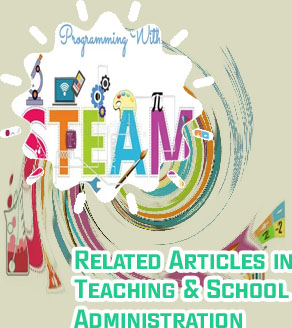
- Science fair decorations
- Stem science for preschoolers
- Autumn stem activities
- Science stem activities for kindergarten
- Science and engineering
- Science technology and engineering
- Computer science
- Science experiments ideas
- Earth science for stem
- Courses under stem
- Stem team building activities
- Easy stem projects
- Steam in higher education
- Master of science in stem education online
- What is a stem professional
- General chemistry definition
- Microsoft stem education
- Christmas stem activities
- Physics science fair projects
- Steam and education
- Outdoor stem activities
- Stem science
- Stem science projects
- Science and technology
- Mathematics in biological sciences
- Science and engineering fair projects
- Science fair projects
- Math and science academy
- Stem science activities for elementary
- Science fair volcano
- Stream science technology
- Science stem careers
- Science in daily life project
- What is stem field in science
- Science fair projects for 6th class
- Animal science project ideas
- Science fair projects for high schoolers
- Easy science fair projects
- Good science fair projects
- Stem related degree
- What goes on a science fair project board
- Stem education for preschoolers
- Skittles science fair project
- Highest paying stem majors
- Engineering activities for kindergarten
- Steam science projects
Steam education
Nurturing a School Environment for STEAM Education
Steam educator
Overall, STEAM education provides numerous benefits that can help to prepare students for success in the 21st century workforce while also addressing societal needs in STEM fields. Join us on our journey K-12 leaders are guiding their school systems through unprecedented challenges. Solving these challenges can’t be done with traditional approaches to education, and it can’t be done in isolation. In this…

STEM vs. STEAM
What is steam in education
As mentioned earlier, there is more to the STEM vs STEAM education discussion than simply including the arts. Many believe that STEAM is superior to STEM and that the STEAM education movement is necessary to help students develop the skills required to be successful in the 21st century. STEAM (science, technology, engineering, arts and mathematics) Back in 2006, researcher Georgette Yakman was looking for ways to turn the benefits of STEM education into something more relevant for employers. While students may have a good array of theoretical skills in science and engineering, the employers of the future would need workers who would be able to apply these creatively, using imaginative designs to solve real-world problems. This is where Yakman’s approach came in handy. This new form of teaching sought to promote integration between science, technology, engineering classes – fostering a sense of independent thinking that employers would greatly value.